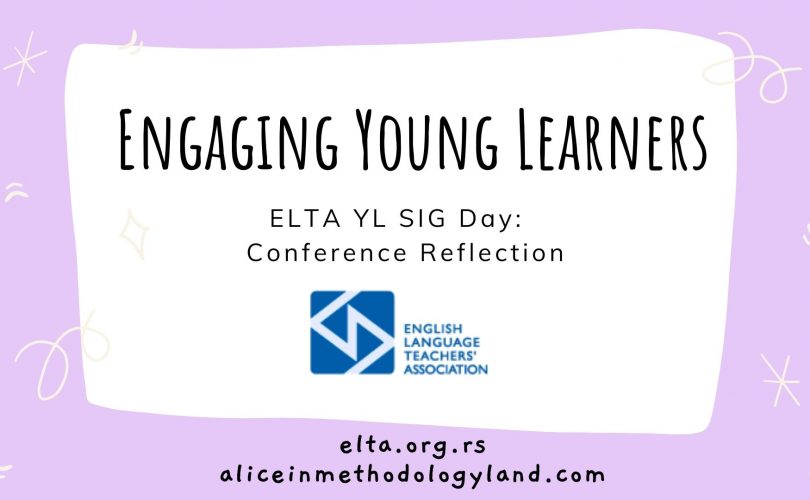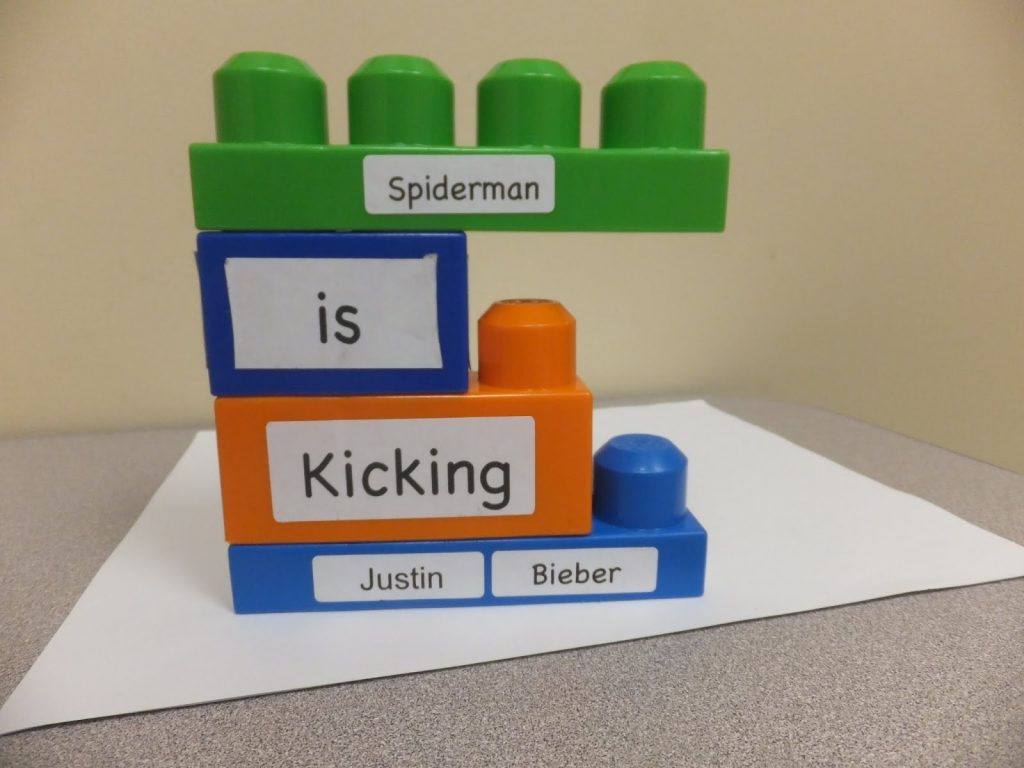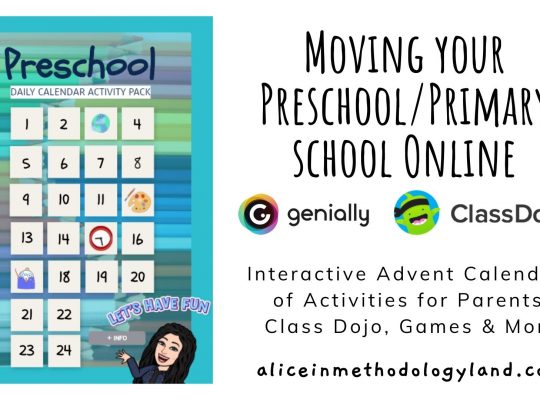Planning an English lesson for very young learners and young learners may seem easy, but there are so many things that need to be considered. Firstly, we need to think about engaging young learners, differentiating the curriculum to fit their learning styles, getting all the materials ready, and finally, incorporating teaching innovations in our lesson plans. Keep reading this conference reflection to see how some amazing educator practitioners engage young learners!
I’ve presented at quite a few conferences in 2019, but this is the first one hosted in my town, two blocks down from my neighborhood, and I must tell you that I enjoyed not having to travel to another country.
If you wish to see the program for the YL SIG Day held on the 7th December 2019 in Novi Sad, Serbia, please click here.
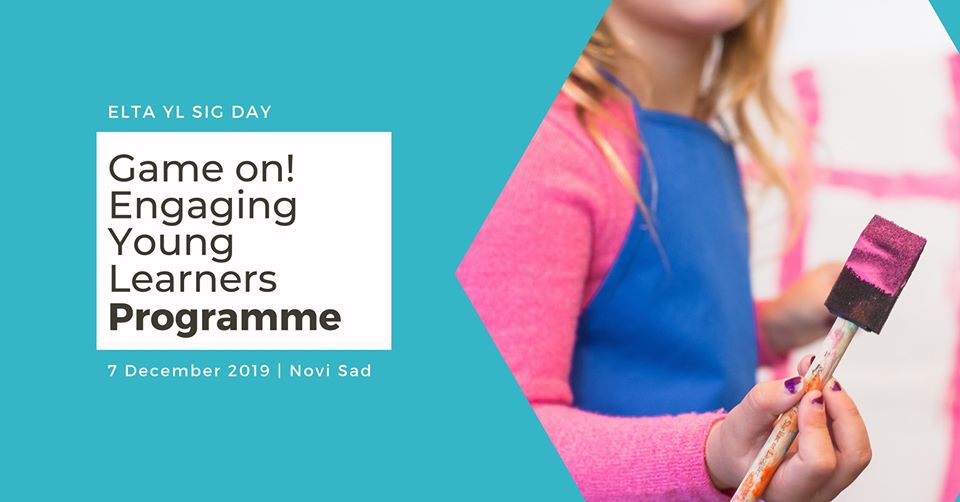
Professional development in Theme-Based Instruction: From teacher empowerment to learner engagement

My dear professor Vera presented her research with J.K.Shin on thematic units and teacher development. I love their research because it was one of our textbooks at university, and I learned a lot from it.
The six dimensions of empowerment
The six dimensions of empowerment presented in the research can make any educator feel empowered by reading it. Jokes aside, I believe that this framework also presents the in-service teacher development from the aspect of social-emotional learning. Therefore, this is my interpretation of the framework:
- Decision making – Decision making is the first step in the teacher autonomy ladder. At this moment, we start making our own decisions connected to our classroom, no matter how small they are.
- Professional growth – Developing as a professional motivates teachers to apply newly learned methods in their classroom and proves that their development was worthy.
- Status – Empowerment and good practice lead to achieving a certain status in the teaching community, which may motivate teachers to develop even more.
- Self-efficacy – Being efficient and being able to organize and plan out your lessons by yourself is a very important thing and I believe that all of us constantly develop in these areas.
- Autonomy – Being able to make your own decisions without the need to be mentored or evaluated by someone is crucial. Peer evaluation is always important, but asking for approval for your actions as a teacher does not promote autonomy.
- Growth – The final step of the framework represents the overall growth of the teacher, both personal and professional.
The ability to try new methods leads to new professional development growth.
Dr. Vera Savić
During the course, Dr. Vera and Dr. Shin visited many cities in Serbia and offered free professional development to teachers on Theme-Based Instruction.

The research concluded that empowered teachers develop lesson materials that engage learners, which ultimately helps in language acquisition. This ultimately proves that motivated teachers considerably influence learners’ knowledge and skills, not just language acquisition.
Introduction to Pre-A1 Starters, A1 Movers and A2 Flyers

The second plenary speaker also discussed a familiar topic, so that I will write about it shortly. Aleksandar is a Cambridge Assessment representative, so he introduced the Starters, Flyers, and Movers level tests for children. He gave us many practical examples from the test to show how we can conduct the assessment in our young learner classroom.
He argued that feedback should be timely and clearly motivated if we wish to impact our students positively.
Positive washback can impact instruction greatly.
Aleksandar Ilić
Read the examiner comments for Jacopo’s speaking test
Finally, he presented a list of useful Cambridge websites for teachers, along with their use. I knew all of them since I spend a lot of time in online professional development, and I’ve used them literally. I would recommend that all teachers subscribe to the Cambridge Assessment newsletter and get emails about upcoming free webinars. Also, the Digital teacher is a great website if you want to incorporate Ed-tech and develop your practice in that direction.
I didn’t use the only tool is writeandimprove.com, and I plan to use it in my IELTS preparation course.

Classroom in motion: Fun activities for kinaesthetic learning

This workshop was enjoyable, and I liked the games! The only downside is that the students are barely speaking in these games. So I will use all of them but tweak them a little so that there is some verbal communication.
Classroom in motion game list
Musical chairs reading was excellent in its simplicity – it is a twist on the classical musical chairs, only when they sit, the students need to read a piece of paper posted on their chair. The winner is the student who reads all pieces of paper.
Reading comprehension in teams – The participants had to write answers on a whiteboard and answer team questions. You can use any text here or continue with the text used in musical chairs. The idea is great. It just needs a bit more speaking.
Numbered picture cards with a bingo chart was a great TPR game for revising vocabulary, and it was very visual. The participants had to search the number and match them to the photos on the board. The first team which found all the numbers won!
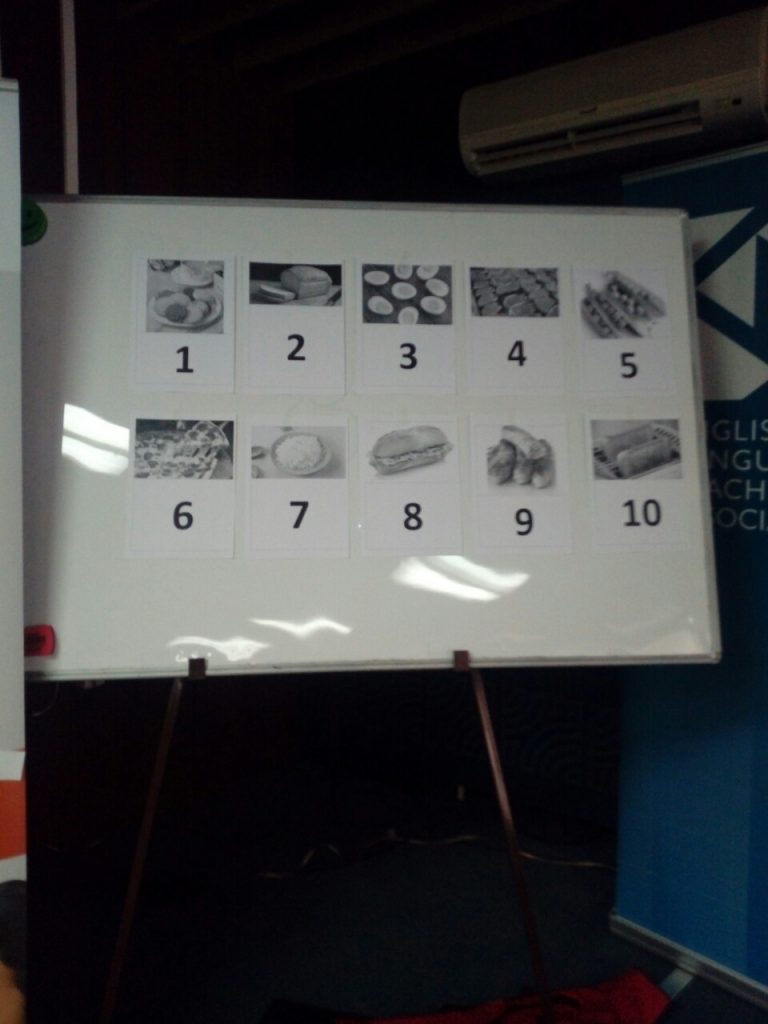
Jump forward when you hear a regular verb and backward when you hear an irregular verb! Then, the teacher randomly reads a verb, and the student needs to jump forth or back. The winner is the student who gets to the board first. I like this game, but it’s unfair that some students have to go back even if they answer correctly. This may cause some conflict among students, so you need to be sure that the atmosphere is positive before starting this game.
This workshop was amazing because the presenters used common games we usually don’t use in the English classroom to create innovative games specifically for English learners!
Buckle up, it’s game time!

The first part of the workshop presented a sentence block building, similar to the photo below. At the conference, Bojana, the first presenter, used the blocks to connect verbs, but I cannot remember how. I’ve seen this many times, and I love to reuse old blocks to create new didactic tools! The same presenter also presented Quizlet and its practical uses in the classroom. I like Quizlet, and I’ve been using it for a long time in my online classroom. Read here how I use it with my online students and how we create a joint vocabulary library!
After Bojana’s presentation, Dejan introduced some TPR songs usually used in English summer camps. Before that, we warmed up with a Jump, jump game, which is useful for developing listening skills and practicing concentration. You can play it in many ways, depending on your lesson topic. First, the students need to listen to the teacher and follow the instructions. For example, you can say something. If it is correct, jump forward. If not, jump back. After that, we played it by saying the opposite things to make the game harder.
The songs are really easy to learn, and I’m sure any child would love them! The steps are easy to follow, and the songs can be used in the warm-up or even in the assessment section of the lesson if we wish to review old vocabulary.
I’m being swallowed by a boa constrictor
A boa constrictor, X3, is swallowing me
And I don’t like it very much.
Oh no (oh no) he swallowed my toe
(he swallowed my toe) Touch your toe
Oh me (oh me) he swallowed my knee
(he swallowed my knee) Touch your knee
Oh fiddle (oh fiddle), he’s up to my middle
(he’s up to my middle) Touch your middle
Oh heck (oh heck), he swallowed my neck
(he swallowed my neck) Touch your neck
Oh dread, he’s up to my
(slurp gulp)
Hi, My name is Joe
Hi, my name is Joe
And I work in a button factory
I got a wife and two kids
One day, my boss says, “Joe, are you busy?”
I said, “no.”
“Then push this button with your right hand” / push an imaginary button with your right hand.
Hi, my name is Joe
And I work in a button factory
I got a wife and two kids
One day, my boss says, “Joe, are you busy?”
I said, “no.”
“Then push this button with your left hand.” Next, / push imaginary buttons with right and left hands – continue the song by adding right foot, left foot, bum, head, and tongue.
Hi, my name is Joe
And I work in a button factory
I got a wife and two kids
One day, my boss says, “Joe, are you busy?”
I said, “YES!”
Author Stefan Mitić Tićmi – Akiko

After the workshops were over, we had a lovely book presentation and a chance to listen to the author of Akiko, Stefan Mitić Tićmi. His book is amazing, and it would be great in many projects to promote creativity in arts and thinking. The main character is a girl who is a bit different than the other children, and she loves to daydream. She is an amazing character, and I believe that everyone could relate to her. In addition, the author saw the possibility of using his book in the classroom, so he presented us with some games other teachers used.
Take a look at the article about my workshop at the conference below:
To conclude
To sum up, I enjoyed the conference! All the presentations and workshops were nice and useful! Moreover, I got to spend the day with my favorite professor and see some useful activities for my classroom.
Is something missing?
On the other hand, the thing that is missing in almost every conference with workshops is the theory behind it. The reason why teachers often do not have ideas is probably the lack of theoretical knowledge. Knowing a method inside and out helps you create a thousand activities, while just reusing an activity someone else created ends right there – in reusing it once or twice. By being familiar with the methodological steps needed to create any activity, we can create endless possibilities that can fit any classroom – from young learners to adult classrooms.
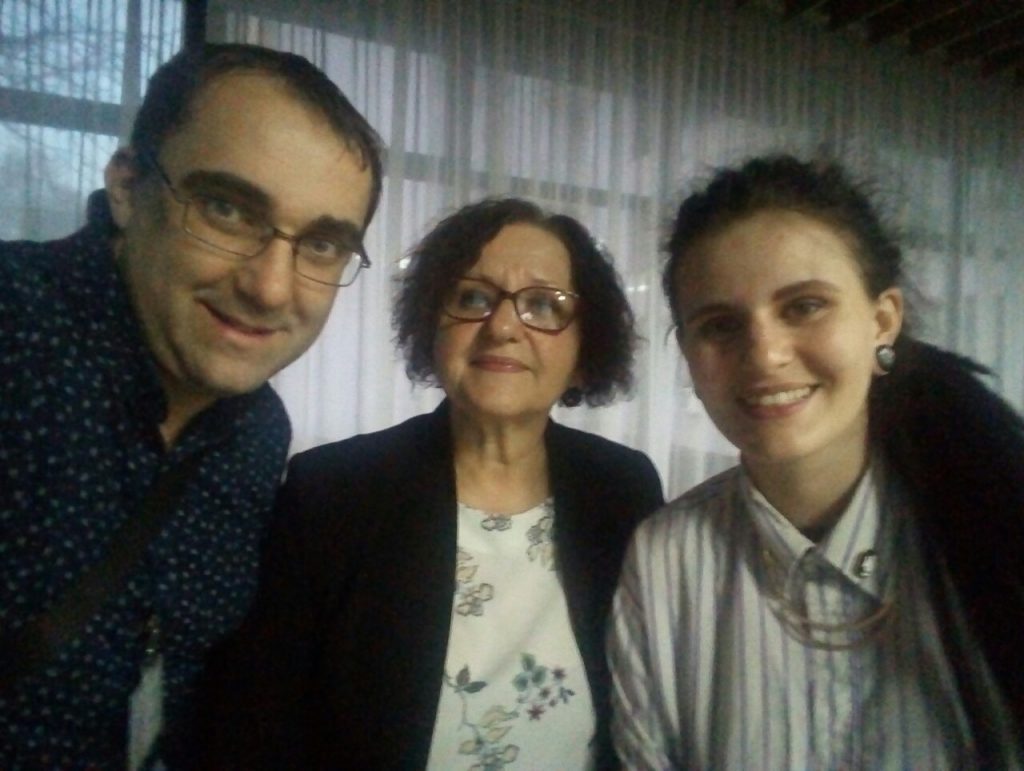
Have you participated in a conference lately? What is more important to you – attending talks or workshops?
Write in the chatbox or via the contact page. I would love to hear your opinion!

Click here to explore my store where 99% of materials are forever free!
All the materials except lesson plans and 30+ page interactive activity books will be free FOREVER! Why? Because sharing is caring, and 2020 hasn’t been kind to all of us. Please consider donating so I can keep making FREE materials for everyone and keep my website open for all of you.
Don’t forget to leave a review when you download materials! It’s just a minute of your time, and it means a lot to me.
P.S. The store and the freebie library are not the same thing – the freebie library has some extra materials like conference presentations and webinar recordings which are not available in the store ✨
The subscription link for the store is below my bio in every post. ?

